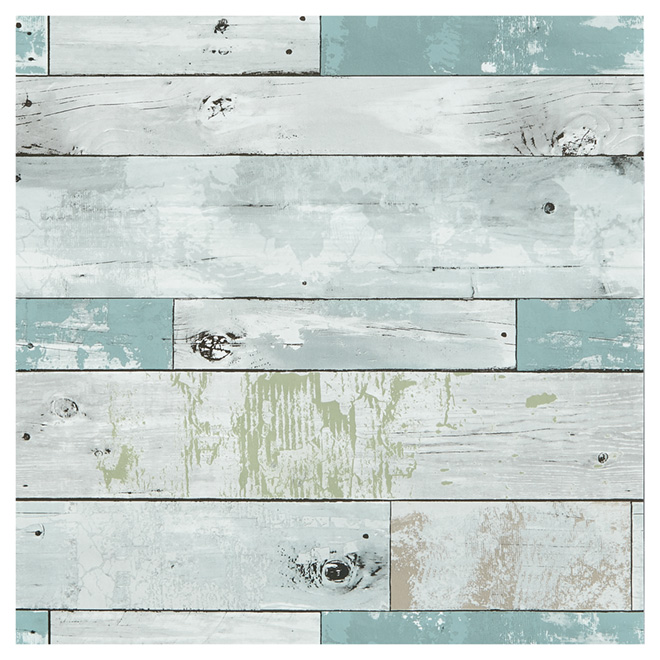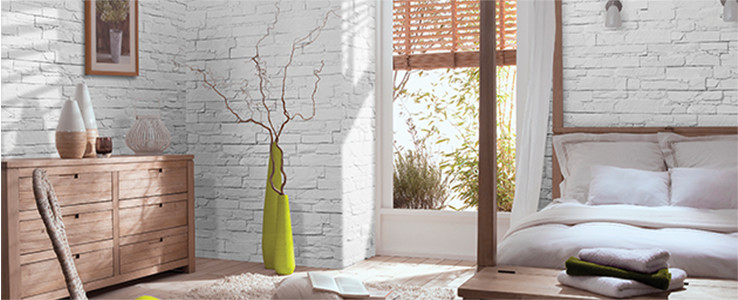The Types of Wallpaper Materials
A wallpaper has two layers: a top layer visible to everyone when installed and a base layer or backing that sticks to the wall.
Types

Paper
Advantages
- Woven paper is a versatile decorating material available in a wide range of colours and patterns.
- Screen-printing offers more vivid designs but can raise the cost of wallpaper.
Disadvantages
- Paper types tear easily and are difficult to clean and strip.
- Paper is not suitable for bathroom and kitchen cabinets and counters as well as other spaces where splashes are likely.
Uses
- Bedrooms, offices, and spaces that see moderate traffic.

Vinyl
Advantages
- More durable option it's resistant to spills, spray, and splashes and easy to wipe down with a wet cloth.
- Thicker than regular paper and better at covering wall imperfections such as cracks and bumps.
- Different types of vinyl wallpaper include blown, expanded, and cushioned varieties. Blown vinyl has a screen-printed surface, an expanded unit has foam filling, and cushioned ones look like ceramic wall tiles.
Uses
- Vinyl is a go-to material for bathrooms, kitchens, and kids’ rooms.
- Use this type for high-traffic areas such as hallways and stairs.
Metallic
Advantages
- Shiny, reflective surface that gives its patterns an eye-catching look.
- Mostly used for metallic sheets, this material can brighten dark rooms and enclosed spaces.
Disadvantages
- Foil wallpaper wrinkles easily.
- May be difficult to install and is unsuitable for uneven walls.
Grasscloth
Textiles used for wall coverings include cotton, linen, polyester, and grasscloth.
Advantages
- Easy to install and remove.
- Wide variety of textures and looks.
- Tolerate humid spaces.
- Hemp, jute, raffia, seagrass, and bamboo wallpapers (grasscloth) are ecological.
Disadvantages
- Woven textile units absorb moisture and can warp and get mouldy.
- Textile wall strips may be difficult to line up during the hanging process.














